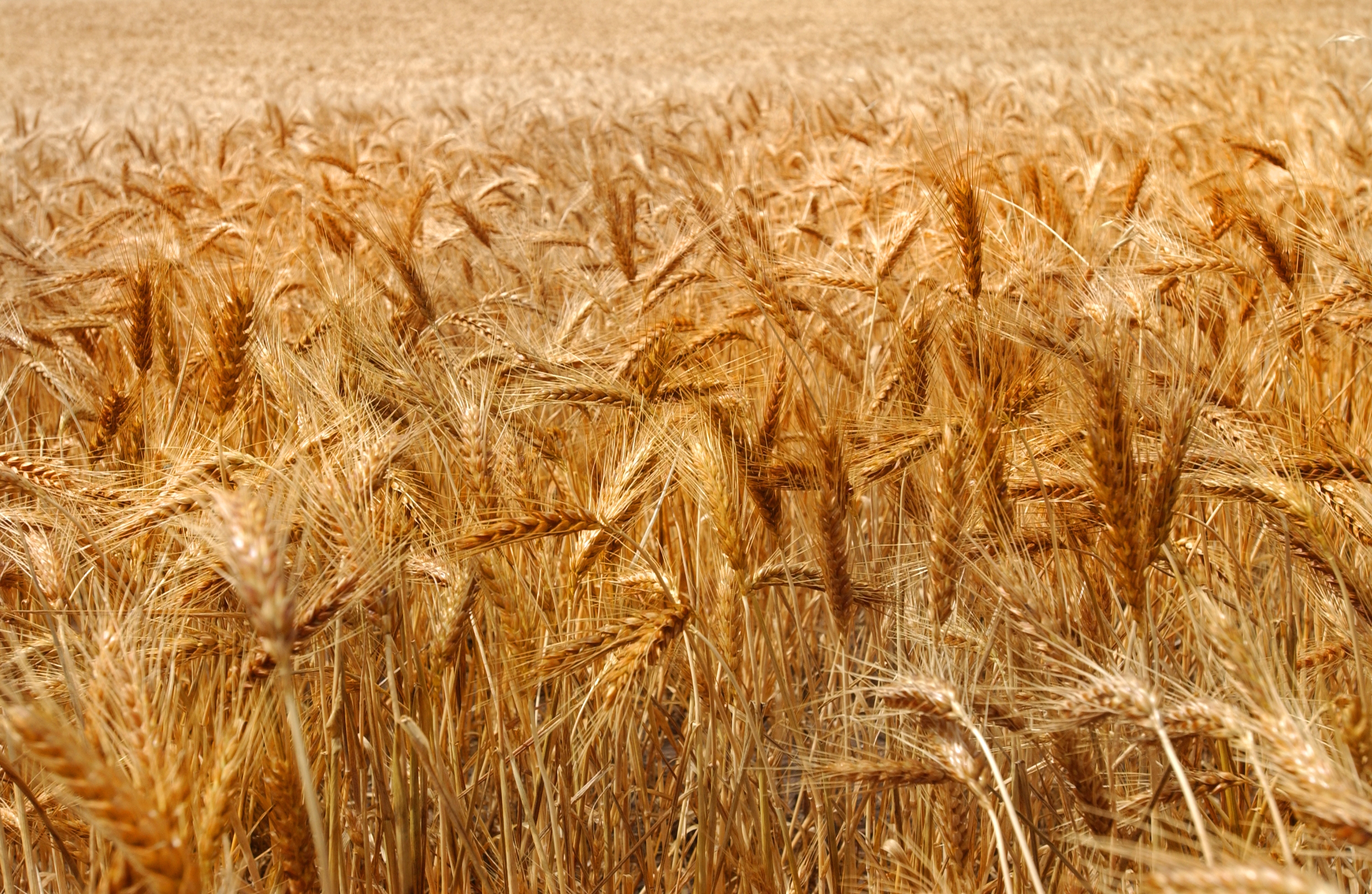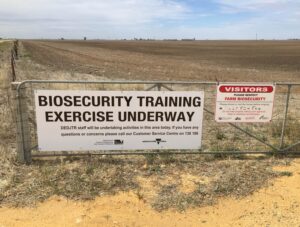
Photo credit: Ripened wheat crop, GRDC
By Stuart Kearns, National Manager, Preparedness and RD&E, Plant Health Australia
The Australian grains industry is strengthening its preparedness for pest and disease incursions through a new five-year national simulation exercise program. The program is led by Plant Health Australia (PHA) and Grain Producers Australia (GPA) and supported by an investment by the Grains Research and Development Corporation (GRDC). It aims to enhance the industry’s readiness under various scenarios across different parts of the production and supply chain.
Stuart Kearns, PHA’s National Manager for Preparedness and RD&E, highlighted the importance of simulation exercises in strengthening emergency response readiness.
“Having the right stakeholders and resources in place is only one aspect of preparedness. Rehearsing key parts of our response plans allows all parties to visualise the process,” Mr Kearns said.
“Simulation exercises don’t require a perfect performance from participants. Instead, they provide opportunities to identify gaps, address them collaboratively, and build knowledge and confidence.”
The program builds upon PHA’s history of developing and delivering simulation exercises, such as Exercise Haryana, which focused on the exotic grain fungal disease Karnal bunt.
In 2016, PHA coordinated Exercise Haryana to prepare the industry for a potential Karnal bunt incursion – a significant threat to wheat, durum, and triticale crops. While Karnal bunt primarily affects grain quality, rendering it unfit for consumption, it also poses a risk to international trade due to strict import restrictions imposed by many countries.
Jim Moran, Victoria’s Grains Biosecurity Officer (GBO) and a member of the PHA/GPA Grains Farm Biosecurity Program (GFBP), led a crucial field activity during the 2016 exercise in the Wimmera region. The activity focused on surveillance and tracing at a grain property and storage facility, highlighting the importance of rapid response and effective disease management protocols.
“The exercise highlighted our existing skills and areas needing improvement, particularly in grain sampling, farm safety, and hygiene procedures when entering and leaving grain properties,” Mr Moran said.
He also emphasised that distinguishing Karnal bunt from other similar diseases already present in Australia is essential. Accurate surveillance methods are vital to ensure the disease is correctly identified and managed.
A notable feature of Exercise Haryana was the integration of technology. Biosecurity staff used iPads to record statements from individuals role-playing as grain growers, allowing data to be uploaded to a central collection point, saving time and eliminating the need for paper copies.
“Simulation exercises aren’t only about getting relevant stakeholders to sit around a table and talk through a particular scenario; they involve on-site operational activities that test procedures in real-life environments.”
“Involving a range of stakeholders from different organisations is crucial to strengthening ties and ensuring a coordinated response in the future.”
The simulation program will engage growers, agronomists, peak industry bodies, supply chain personnel, researchers, diagnosticians, GBOs, and representatives from Australian, state and territory governments. Each activity will contribute to protecting Australia’s reputation as an exporter of clean, dry, pest-free and high-quality grain, while reinforcing the preparedness of the industry–government biosecurity partnership.
Feedback from exercise participants will be compiled into a comprehensive report to inform the design of future exercises.
The program’s initial phase, to be delivered over the next six months, includes activities aimed at better understanding specific biosecurity threats and local biosecurity systems across key grain sites, as well as grower information webinars.
This knowledge will assist PHA in designing exercises that are relevant and beneficial to the industry.
A series of biosecurity response webinars are being developed to help growers and agronomists protect their businesses by providing information on preparations they can make to minimise impacts during a response.
In early 2026, an on-site simulation exercise will be held focusing on a realistic incursion scenario involving an exotic high-priority pest in a remote, intensive agricultural area. This exercise will evaluate certain aspects of grains industry’s preparedness and identify areas for improvement over the five-year program.
Subsequent exercises will target different aspects of biosecurity response, culminating in a large-scale incursion simulation that consolidates all learning and experience gained to date.
The simulation exercise program is part of a broader GRDC–PHA biosecurity initiative to bolster the Grains Industry Biosecurity Plan 2024–29. This initiative, formalised through a joint Memorandum of Understanding between GRDC and PHA, also supports the development of an Australian Grains Biosecurity Guide, regular reviews of the Grain Industry Biosecurity Plan, and the appointment of a Grains Biosecurity Coordinator.
For more information or resources to help mitigate risks from exotic pests, visit the Farm Biosecurity website (www.farmbiosecurity.com.au) or the Grains Farm Biosecurity Program website (www.grainsbiosecurity.com.au).

Photo: Fence sign used during Exercise Haryana
Launched in 2007, the Grains Farm Biosecurity Program (GFBP) is managed by Plant Health Australia and funded by growers through Grain Producers Australia. The GFBP is an initiative to improve the management of, and preparedness for, biosecurity risks in the grains industry at the farm and industry levels.